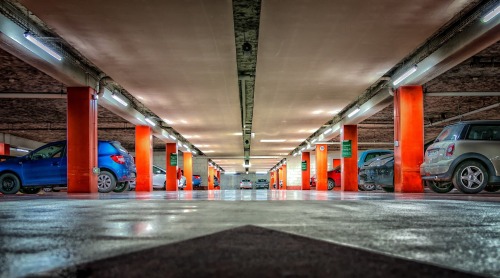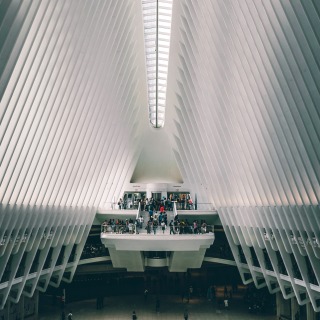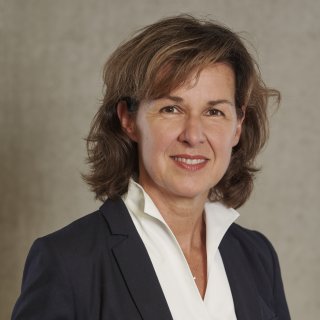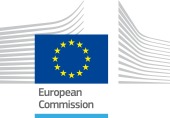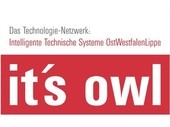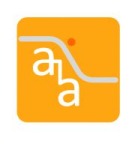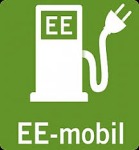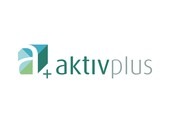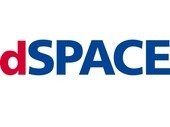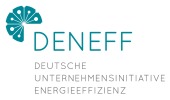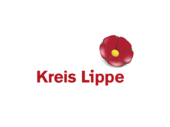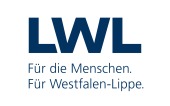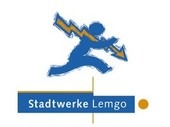How do we park tomorrow?
In view of the usual 40-year service life of parking garages, many German cities are faced with the decision of how public parking space will be used in the future: only provide parking space for vehicles or integrate charging and tank systems for various modes of transport? Or should other services be offered? The research project "Mobility Centers of the Future" addresses this gap with a guideline for a multimodal hub that creates the boundary conditions for increased networking of means of transport and new mobility offers for people and / or goods.
The question of future use or the possible replacement for the parking garages built in the 70s and 80s is on the agenda in many medium-sized cities. With the increasing heterogeneity of mobility demand (e.g. intermodality, "use instead of own" approaches) and ever shorter innovation cycles in vehicle development and drive technology (e.g. electromobility, alternative fuels, autonomous driving), the existing parking garage concepts will no longer be suitable to meet the mobility needs of the population. Traditional parking garage concepts - namely the provision of parking space for motorized private transport - are then, at least that is the assumption, combined with extended offers. In addition, demographic change and digitization offer new opportunities that can also be integrated into parking space concepts. For these reasons, the new or replacement construction of existing parking garages should use new architectural, traffic planning and building technology approaches to enable use until 2060.
The “Mobility Centers of the Future” project deals with this very aspect. The aim is to develop a guideline for a so-called "multimodal hub" that fulfills the aforementioned requirements. A "mobility center" or a "multimodal hub" is understood as a multimodal transport hub that combines various parking facilities, charging and tank systems, various services (e.g. rental service, parcel stations and parcel depots) and other usage units (e.g. branch offices, citizen advice) in the form of a building .
The extent to which all possible uses can be realized in a multimodal hub certainly depends on the individual circumstances on site. But the project participants are optimistic. "In this project, we have to combine the diversity of innovations with the requirements and solutions side - before a comprehensive awareness of parking space providers has taken place," says project manager Prof. Susanne Schwickert. "Although we do not yet know the exact direction and development in the fields of mobility and traffic, I am sure that we can support planners, executors and operators of public parking with this project."
More information about the project can be found at
You are also welcome to ask questions to

